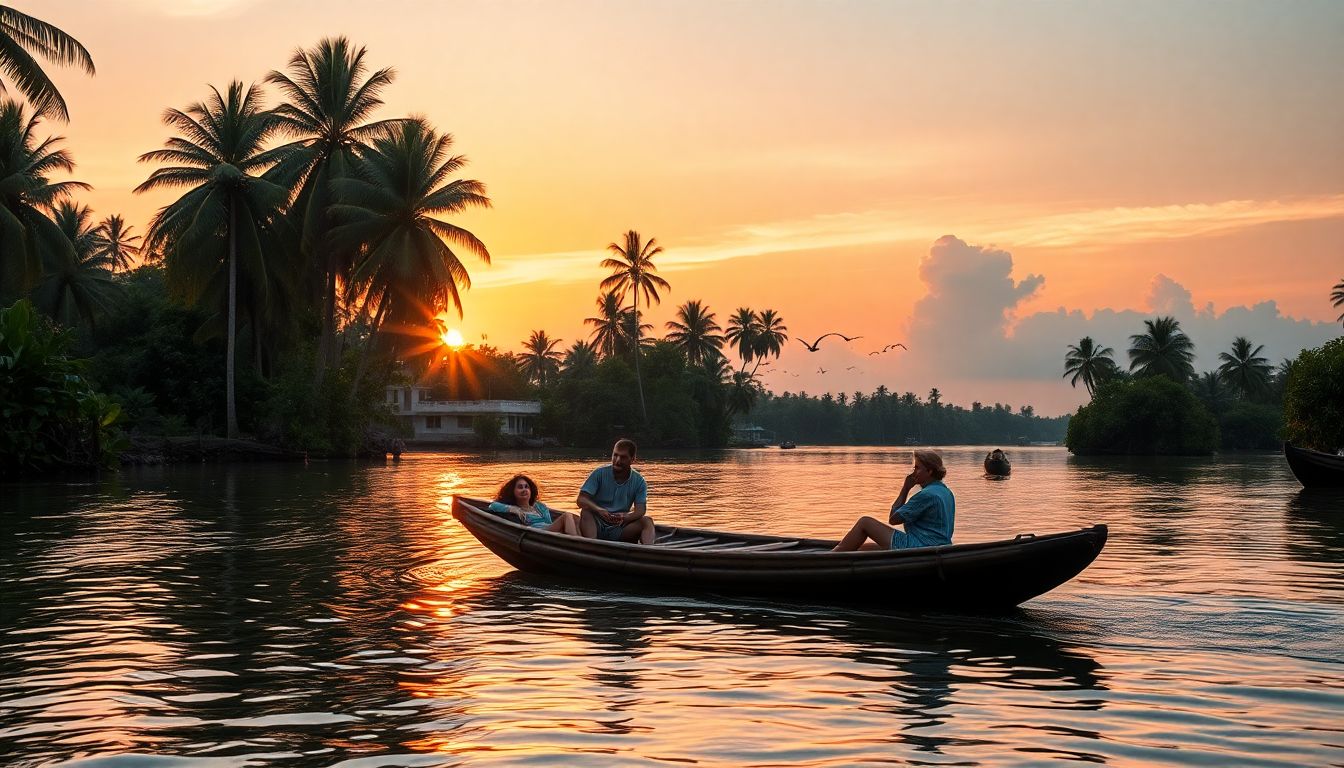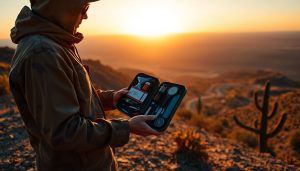Introduction
The lazy river is one of the attractions in water parks and resorts. They offer hours of relaxation and fun, with slow-moving waters and/or pretty views. However, every now and then, accidents also happen, even in the safest of areas. Those calm moments quickly disappear into emergencies within seconds. Knowing what leads to disasters and how to prevent them should be knowledge that everyone carries. This article highlights some incidents that could happen at lazy rivers, warning signs to notice, and safety recommendations for minimizing the chances of future accidents.
The Appeal and Hidden Risks of Lazy Rivers
The popularity of lazy rivers in water parks and resorts
Every year, lazy rivers add significantly to the list of new park openings worldwide. These attractions appeal to people from all walks of life—from families to thrill-seekers. Easy and comfortable fun, lazy river rides offer the best in summer fun for achieving summer bliss. No wonder many water parks have implemented the lazy river into their designs.
Potential dangers associated with lazy rivers
Riders are pleasantly relaxing while absorbing some of the concealed dangers. Sometimes, merely a limb or a piece of clothing can get lodged into a drain cover or debris. Sometimes sudden changes in currents can catch even the best of swimmers off-guard. These perils are often very much underestimated simply because lazy rivers seem so safe. Staying alert is a policy that saves accidents.
Typical Lazy River Moments Before Disaster
Sudden changes in the water’s velocity and flow
One of the frequent causes of trouble is a sudden change in the river’s current. Sometimes, a section of the river suddenly speeds up, sucking the riders toward walls or obstacles. For example, when a sudden rush hits, it can put an individual off balance and cause injuries, even panic. These instances originate from the wrong control of flows or breakdowns of equipment.
Hazards of entrapment and entanglement
Another threat is getting drawn into drain covers, filters, or debris. It may be a limb or even a piece of clothing that becomes entangled, creating very dangerous conditions. There are already swimmers in trouble who became stuck and could not get free. These events bring home why anti-entrapment drain systems and regular checking are imperative.
Submerged foreign objects and debris
Rocks, trash, or construction materials are also a source of danger. Hidden trash may cause cuts and minor bruises, not to mention greater injuries if not caught. Some injuries are ‘under-the-surface’ caused by sharp objects being swept below. Regular clean-up and inspection programs help mitigate these risks.
Rider behavior and inattentiveness
Distracted or drunk riders face a high chance of being involved in an accident. Checking your phone or even arguing while in the water minimizes awareness of one’s surroundings. A few seconds of inattention can lead to collisions or drowning in the worst scenarios. Therefore, staying focused and abiding by the posted rules should be vital to safe operations.
Factors Contributing to Incidents in Lazy River Waters
Failures in the design and maintenance
A drain cover that didn’t function well or systems that didn’t undergo routine checks pose danger. Risks multiply with obsolete flow controls that might cause sudden increases in water speed. Maintenance equipment and remediation of defects mean safer rides for everyone.
Supervision and training of lifeguards
Most emergency situations see delays in response when staff are untrained. Lack of proper supervision worsens accidents. Proper training, quick decisions, and clear communication are essential. Regular drills help teams remain ready for real situations.
Education of riders and warning signage
Clearly displayed instructions and warnings matter. If riders do not see or understand safety signs, they may take risks. Easily readable signs and educating visitors on safe habits can save lives. Awareness helps keep everyone careful.
Preventive Measures and Safety Tips
Engineering and Designs Improvement
Anti-entrapment drain covers and flow regulators should be installed. Emergency stop buttons and sensors help stop the water immediately if something goes wrong. These improvements make lazy rivers safer for all visitors.
Improved supervision and training staff
Faster emergency response is possible with proper training. Regular safety meetings and drills prepare teams well. Good communication within staff and with riders helps in making fast arrangements.
Educating Riders
Place safety reminders at park entry points. Simple tips like “No alcohol,” “Stay alert,” and “Follow signs” make a big difference. Visitors become partners in safety when educated.
Personal Safety Tips for Riders
When riding a lazy river, stay sober. Avoid distractions such as phones or toys. Be observant and follow park rules. Your attention can help prevent safety accidents; carelessness can turn dangerous in a split second.
Real-Life Examples and Lessons to Learn
In 2017, a serious incident occurred at a water park in Florida when a rider was caught in a drain. Emergency response saved the person, but the park faced pressure to act. The park improved its drain covers and trained staff more thoroughly. Experts agree that continuous improvement in safety helps save lives. Periodic reviews of ride design and staff training are vital for reducing risks.
Conclusion
Lazy rivers provide amusement, but hidden hazards exist. Calm and relaxed settings can become dangerous due to sudden currents, entrapments, or underwater hazards. Proper design, regular maintenance, and well-trained staff make parks safer. Riders must pay attention and obey safety rules. Safety is a collective concern. With vigilance and improved designs, lazy rivers can remain places of fun—not fear.
You are advised to remember safety, be safety conscious, and urge parks to invest in better protections. Every precaution by every individual helps ensure a safer experience for all in these beautiful water attractions.




